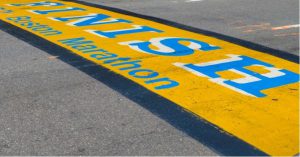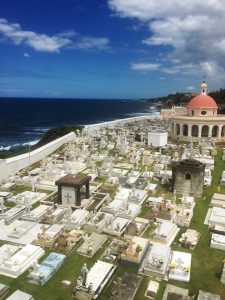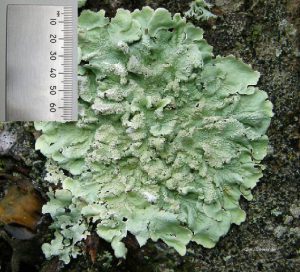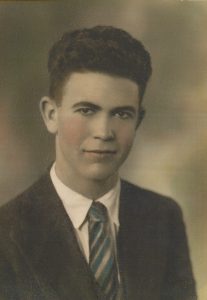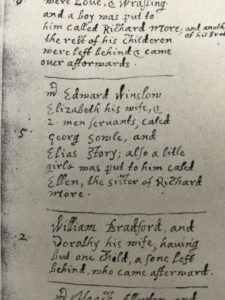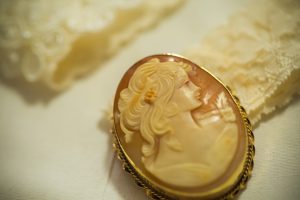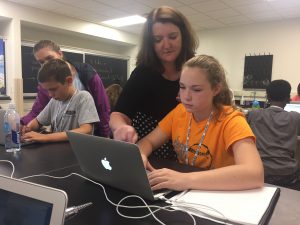
Recently, I had the opportunity to drive through the breathtaking Pennsylvania countryside to teach a group of middle schoolers about family history and genealogy at Penn State University. The kids were attending a genetics and genealogy summer camp cleverly named “Finding Your Roots: The Seedlings,” where the primary goal was to stimulate interest in science by getting kids to study themselves – their DNA, their bodies, and their family histories – as scientists. Continue reading Finding your roots


